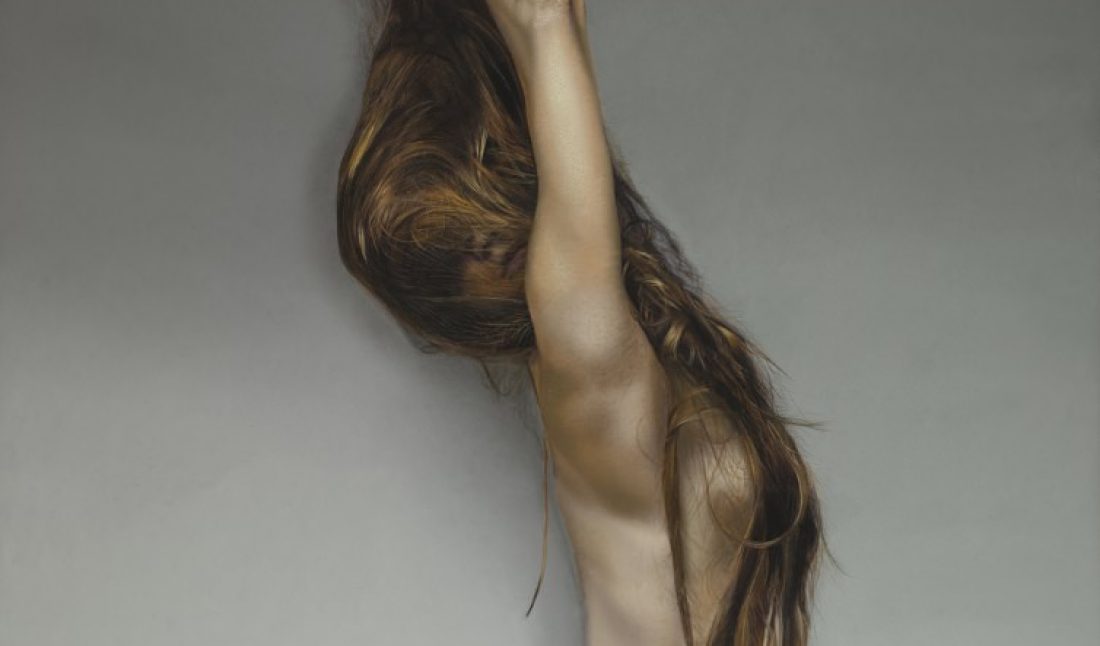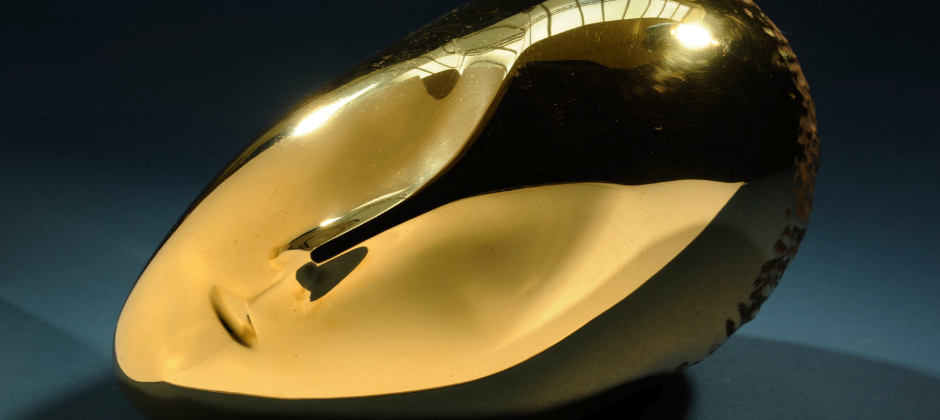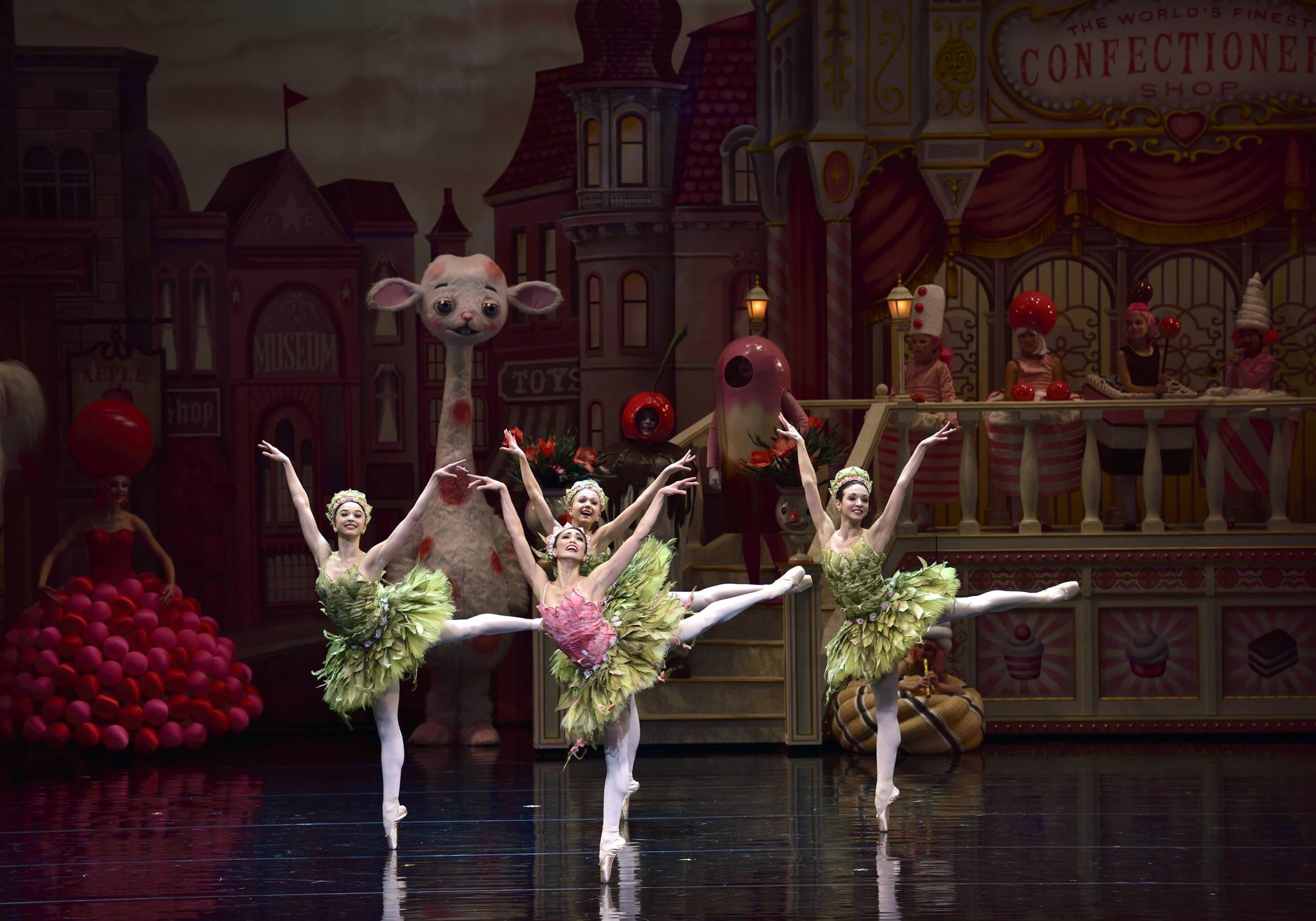There’s an impish quality about Taner Ceylan, a glint in the eye that makes it clear how much he enjoys his position as one of Turkey’s preeminent contemporary artists and historical revisionist. He’s a man that’s quick to smile, whether talking of humor or heartache, and his spectacular hyperrealist portraits resonate with a transfixing attention to details and pointed political intent. Depicting period characters with a startlingly contemporary air, his “Lost Paintings Series”—showing now at Paul Kasmin Gallery at 515 West 27th Street—aims to instill revised historical narratives that reclaim Ottoman history as well as Orientalist art.
We sat down with Ceylan, who took time out from composing a small research library in the back of the gallery, to talk about his latest series.
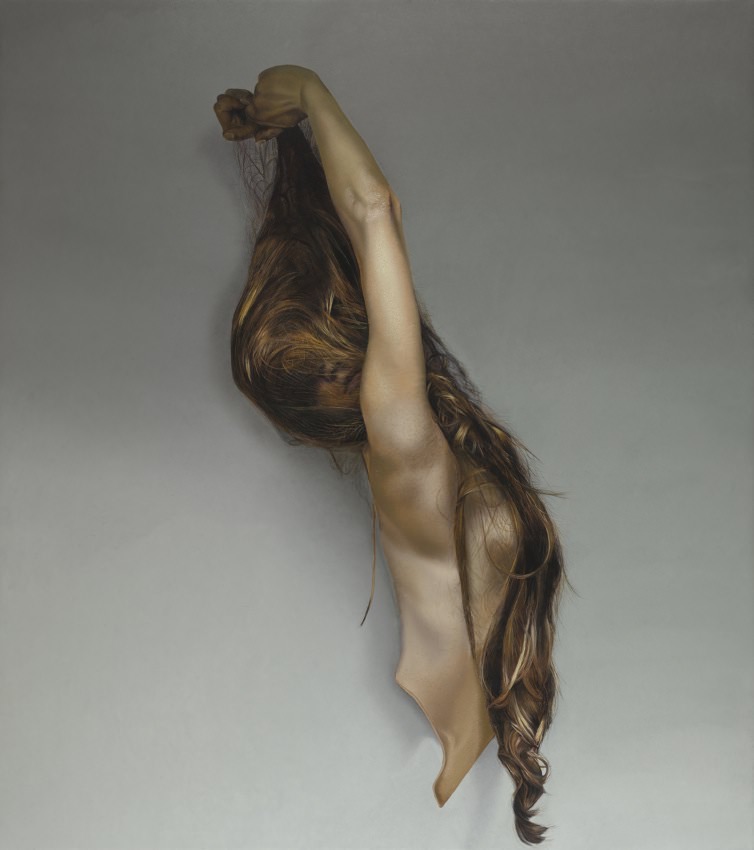 Oil on canvas
Oil on canvasWHITEWALL: Your latest group of work speaks to both social and personal politics. Can you talk a little bit about the concepts behind “The Lost Paintings Series?”
TANER CEYLAN: First I must say, that making art is a political statement. It doesn’t depend on the content of what is made. When you decide to make art this means, “I am against the system, and I want to work on my own, and I want to make what I want.” And this is a political statement. The fact that you are painting.
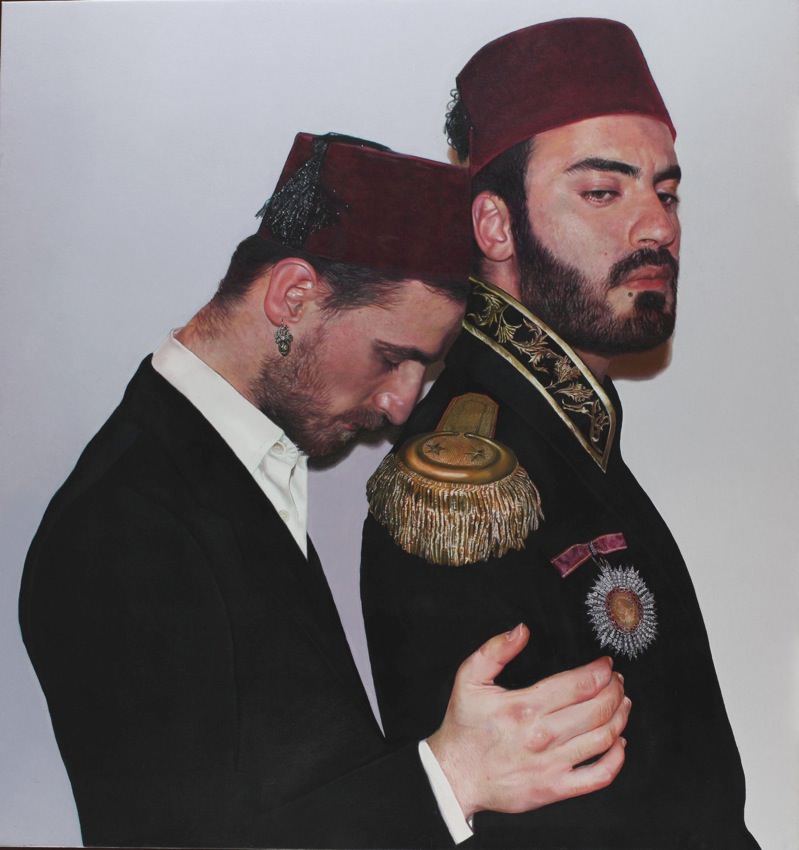 Courtesy of the artist and Paul Kasmin Gallery, New York
Courtesy of the artist and Paul Kasmin Gallery, New York
I started this series four years ago, with the consciousness that Orientalist paintings are not showing the truth. There are great masters like Delacroix, Gerome—beautiful paintings—but they are fairy tales, and they are not reflective of the truth. It is a big lie what they’re showing us through the centuries.
I’m also reading Ottoman history, and it has another face that we’ve never known. In the history of Turkey known around the world, there is a legal history and there is a not legal history. There is the history they want you to read, and then “other ones.” As I recognized these things, and read, and saw, I tried to paint all these things into my canvases.
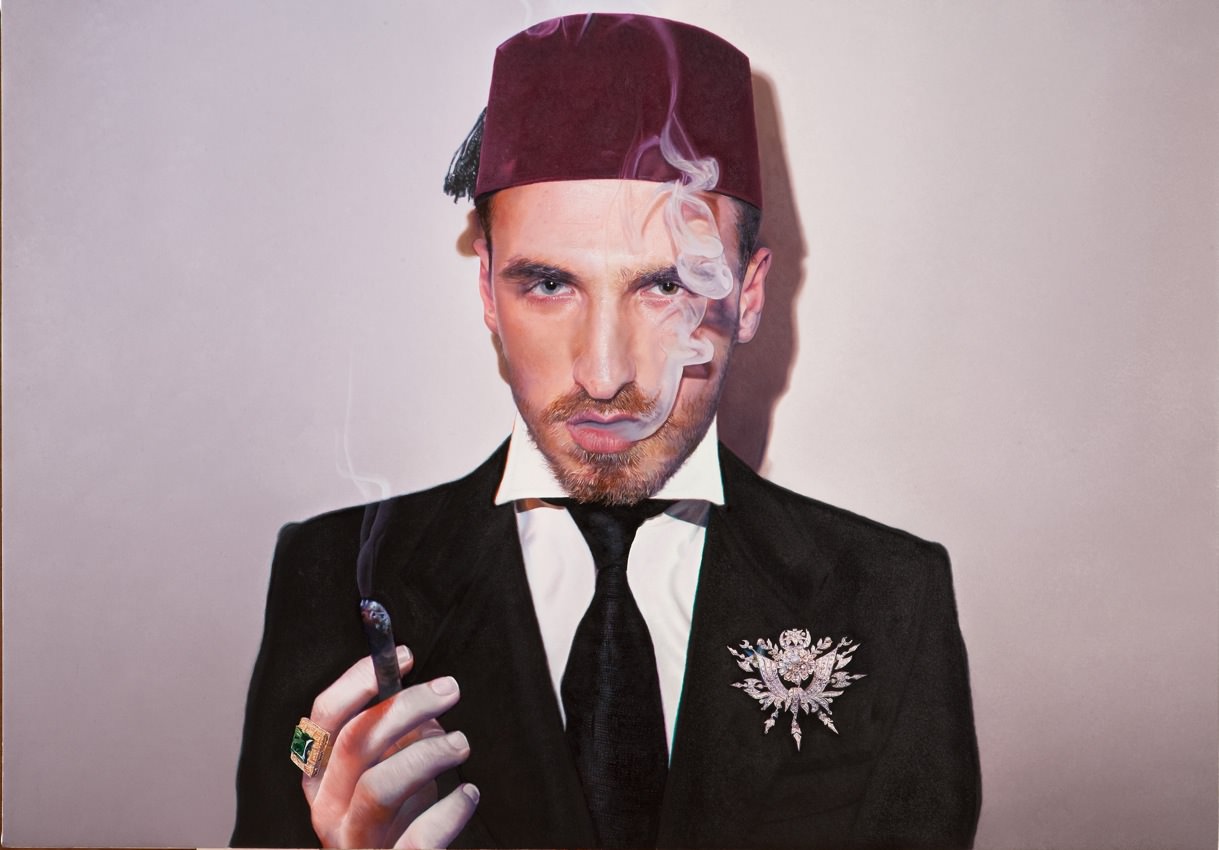 Cage of Flesh (From the Lost Painting series)
Cage of Flesh (From the Lost Painting series)2012
WW: It feels as though you’re compressing history. An image that is meant to represent a man in 1881 is made to feel completely contemporary.
TC: When I started to paint these kinds of paintings, I was very influenced by modern photographers like Nan Goldin, Terry Richardson, and Till Bunz. And I used the light they use in their photographs.
You can see a man in my painting and you can think, “this is a guy pictured in a studio with some clothes.” This is good. Because I want to tell that human nature is the same. Today and one hundred years ago, nothing changes in human nature. We are like these people that lived two hundred years ago or five hundred years ago.
It takes four months to paint these paintings, and in time we become aligned in the atmosphere of what I’m painting, especially when it is a human, or a portrait. He is looking at you, or she is looking at you, and sometimes I have to cover the eyes. I can’t look for 24 hours into these eyes. It’s crazy.
It becomes real for me. This is a life that I’m creating in front of the canvas. It’s a real life, but separated from this three-dimensional “real life.” It’s schizophrenic, but this is what I want.
WW: The exhibition includes a research room with a wealth of information for gallery goers. When did that idea come about?
TC: When I saw this gallery. I liked the space behind the room. There are my catalogues and also my books about Ottoman history—the real side of Ottoman history—and a lot of books on Orientalism, and Ottoman photography. These are very interesting books. You can see the true face of the Ottoman Empire in these photographs that were taken from the Europeans’ distance.
I’m wondering how New York reacts to the exhibition.
WW: And you’ve been working on a new series entitled “The Golden Age.” Will you leave behind this more overtly political subject matter?
TC: Yes, I will. Because when you live in Turkey, it is really impossible to be apolitical. You are involved in some politics somehow. And I’m a very spiritual person. I meditate, I pray, I have my beliefs, I have my gurus, and I want to let loose in that world.
I don’t know what the future will bring, but I’m excited about the new series. It is very esoteric, very surrealistic, but not smooth, not “fairytale-ized.” It is hard, sexual, very powerful.






